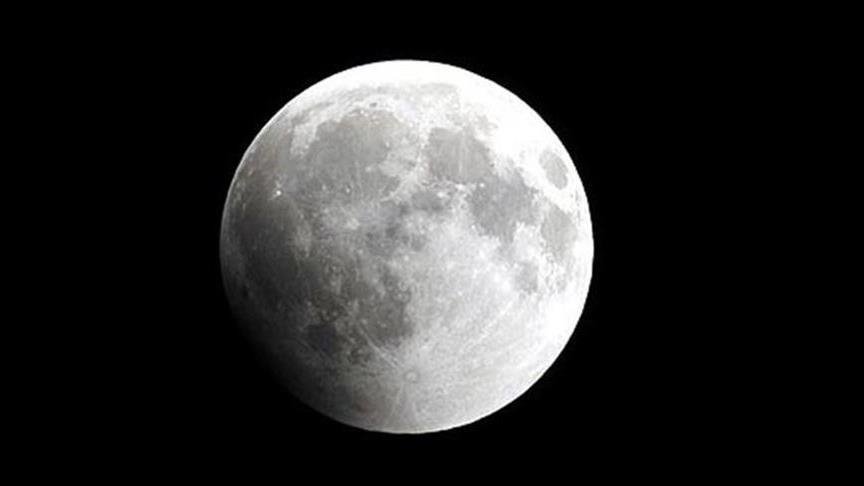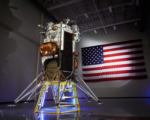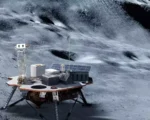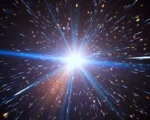A groundbreaking study published in Nature challenges previous estimates of the Moon’s age, suggesting it could be over 100 million years older than previously thought. Earlier analyses of lunar rocks collected during the Apollo missions indicated the Moon formed around 4.35 billion years ago. However, the new research proposes that the lunar surface underwent a “remelting” process, resetting the apparent age of its rocks. This aligns with simulations of early planetary formation, which suggest the Moon likely formed within the first 200 million years of the solar system’s creation, around 4.5 billion years ago.
The Remelting Hypothesis
Francis Nimmo, a planetary scientist at the University of California Santa Cruz, explained that tidal forces exerted by Earth on the Moon during its early history could have caused intense heating and surface upheaval. This remelting process, akin to volcanic activity observed on Jupiter’s moon Io, may have erased the Moon’s earliest geological features, including impact basins, and reshaped its surface. The hypothesis provides a compelling explanation for why lunar rocks appear younger than the Moon’s true age, offering new insights into the Moon’s dynamic early history.
Evidence from Lunar Zircon Minerals
Rare zircon minerals found in lunar samples support the theory of an older Moon, dating its formation to around 4.5 billion years ago. This revised timeline is consistent with dynamic models of the solar system, which suggest most massive celestial bodies formed by 4.4 billion years ago. Despite this evidence, previous studies based on Apollo-era rock samples suggested the Moon’s age was about 4.35 billion years, leading to ongoing debate among scientists.
Implications for Planetary Science
This revised understanding of the Moon’s age reshapes our knowledge of early solar system dynamics and planetary formation. The study suggests that massive collisions, such as the one believed to have formed the Moon, occurred earlier than previously assumed. It also underscores the importance of continued lunar exploration and sample analysis. By unraveling the Moon’s true age, scientists gain critical insights into Earth’s own formative years and the broader processes that shaped our solar system.


















